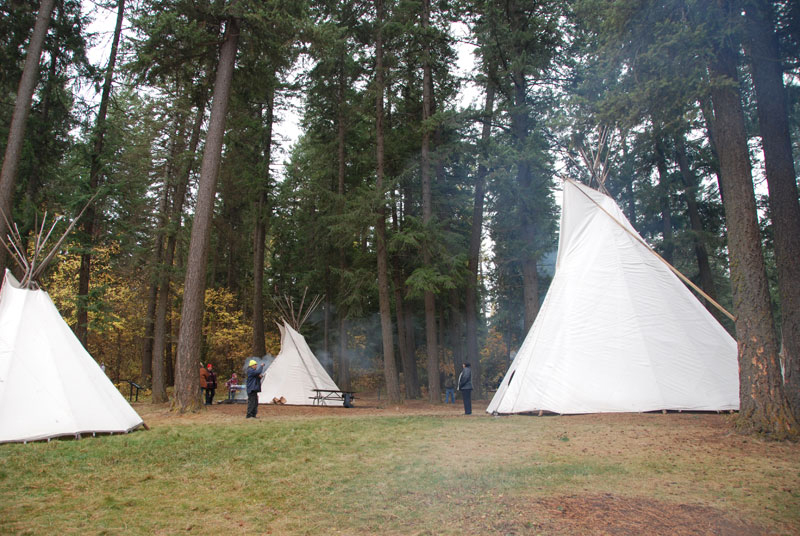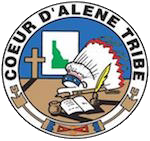Climate Change #2
Schitsu’umsh knowledge/practice can offer insights into how a particular people have successfully adapted to changes in their environment, adaptations that span literally tens of thousands of years in a particular but dynamic landscape. These changes include recent technological applications, i.e., from a wooden pitse’ digging stick to a steel shovel used for gathering edible plants, to the use of mechanized plowing in modern agriculture. Significant technological changes such as these are typically accompanied by corresponding adjustments in economic and kinship social structures.

Of note, these are technological and environmental changes that resulted in adaptations by the Schitsu’umsh that did not compromise the tribe’s core cultural teachings and values, but were in fact adaptations facilitated by those Schitsu’umsh core teachings. What in their cultural heritage has allowed this Indigenous people to thrive in an ever-changing world, with ever-changing social and environmental landscapes, yet remained anchored to that cultural heritage?
The Schitsu’umsh term for their knowledge and practice is hnkhwelkhwlnet, “our ways of life in the world,” and for their core values and teachings is miyp, “teachings from all things” (Schitsu’umsh and Frey 2001:182-86, 270-71). An appreciation of Schitsu’umsh hnkhwelkhwlnet miyp can contribute to policies and practices that can address man-made alterations to the natural environment, such as climate change.
Copyright: Coeur d’Alene Tribe and University of Idaho 2015.




